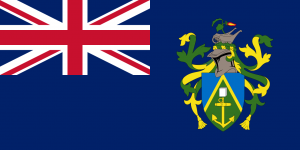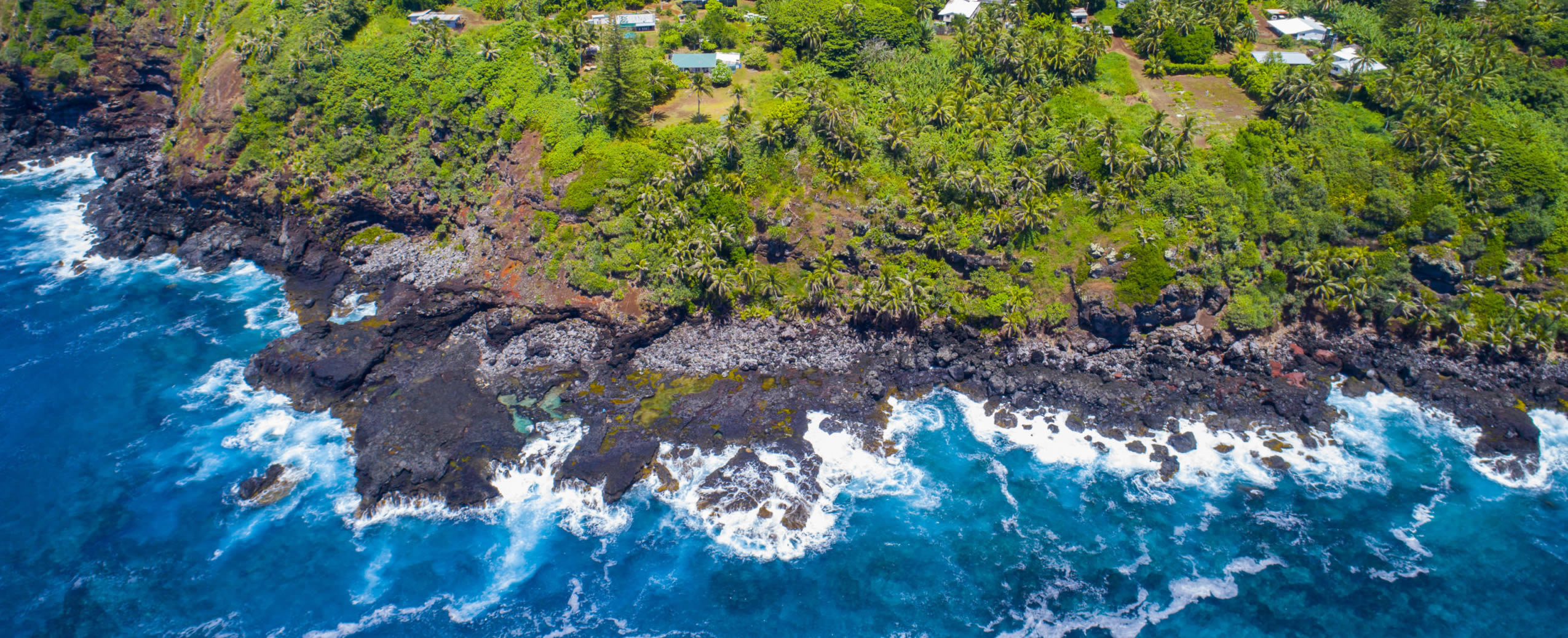Language/Pitcairn-norfolk/Culture/Pitcairn-Islands-Timeline
< Language | Pitcairn-norfolk | Culture
Jump to navigation
Jump to search
Rate this lesson:
Historical Timeline for Pitcairn Islands - A chronology of key events
Pitcairn Islands Timeline[edit | edit source]
First times[edit | edit source]
- The island of Pitcairn was inhabited in prehistoric times by Polynesians. University of Berkeley archaeologist Marshall Weisler discovered temple structures, petroglyphs and stone tools in the early 1990s that bear witness to an ancient civilization. Objects indicate that the local population practiced exchanges with other islands of Polynesia, and that this trade was abruptly stopped around the year 1500.
- According to his research, the disappearance of the inhabitants of Pitcairn and its neighbor Henderson Island is linked to the ecological disaster that precipitated the fall of Mangareva, located 400 kilometers away, which was their main economic partner.
Arrival of Europeans[edit | edit source]
- The Spanish explorer of Quirós, the first to discover Henderson Island. Europeans did not learn about the island and its neighbors until after the era of the great discoveries. The Spanish explorer Pedro Fernández de Quirós undoubtedly spotted Ducie and Henderson in 1606, and named them La Encarnación (or Luna Puesta) and San Juan Bautista3. The Englishman Philip Carteret discovered Pitcairn in July 1767 during an exploration trip aboard the Swallow. He gives it the name of the first member of his crew to have seen the island, Robert Pitcairn, a fifteen-year-old sailor. Due to the strong current, the ship could not dock.
The Bounty Mutineers[edit | edit source]
- The story begins in October 1788, when the English ship Bounty called for five months in Tahiti. The crew, charmed by the beauty of the landscapes and by the reception of the Tahitians, only reluctantly agrees to leave the premises.
- Bounty Bay, where the Bounty was burnt down after the mutineers landed. Once at sea, exasperated by the brutality of Captain William Bligh, some of the sailors, led by the second Fletcher Christian, mutinied on April 28, 1789. After having abandoned Captain Bligh and 18 men who were loyal to him at sea, the mutineers first decide to settle on the island of Tubuai, it is a failure. The Bounty, ordered by Fletcher Christian, then returned to Tahiti for supplies. A few men disembarked and the crew, reduced to eight sailors, was joined by 18 Polynesians, including 12 women and a few children.
- The mutineers, sought by the Royal Navy, then set sail for Pitcairn Island where they arrived in January 1790. The ship was then dismembered and burned in Bounty Bay to avoid any attempt to return. Even today, the islanders celebrate this symbolic act every year by setting an effigy of the boat on fire.
- The installation on the island causes tensions, the sailors tending to regard the Polynesians as their servants. In 1794, the Polynesians rose up and several Englishmen, including Fletcher Christian, were assassinated. The widows of the slain sailors then revolt and execute the survivors. In the end, only one Englishman remained, John Adams, who reigned over a family made up of ten women and twenty children.
New discovery[edit | edit source]
- John Adams, the only English survivor of the massacres on the island. It was in 1808 that the existence of the population of Pitcairn was revealed, when the American whaling ship Topaz called on the island to get water. Adams died twenty years later at the age of 65.
- Although the usual language was Pitcairn, a Creole language derived from English and mixed with Tahitian, Adams was committed to teaching English to children using a Bible recovered from the debris of the Bounty. British missionaries, who arrived at the end of the 19th century, attempted to reestablish the use of English on the island. Pitcairnais is still taught, along with English, in the only school on the island. Many Pitcairnais still bear the names of Christian and Adams today.
Annexation by the United Kingdom[edit | edit source]
- Pitcairn was annexed by the United Kingdom in 1838.
- In the 1850s, the population believing to be in excess (193 inhabitants) asked for help from the United Kingdom, which offered them Norfolk Island, a desert island in the north of New Zealand: part of the population there. will establish, constituting the bulk of the current population. A few inhabitants continued to leave Pitcairn to settle in Tahiti or on Norfolk Island, but several of them returned to the island.
- In 1853, there were 170 descendants of the Bounty rebels. A few British settlers joined the Pitcairn community, then travelers of all kinds gradually visited the island.
- In 1881, HMS Thetis visited Pitcairn with a cargo of supplies (especially construction products) and found the population thriving and happy, with 96 inhabitants.
- In 1909, the Ducie and Oeno Islands were annexed by Great Britain, which founded the Pitcairn Group of Islands administrative unit. The population peak was reached in 1937 with 233 inhabitants, which then began to decline due to emigration to New Zealand and Australia5.
- The island passed in 1952 under the administration of the Fiji Islands then, in 1970, under the authority of a governor appointed by the High Command of New Zealand. The island has retained the distribution of land established by Fletcher Christian in 1790 and part of the laws instituted by John Adams.
Pitcairn Islands Case[edit | edit source]
- In the 2000s, Pitcairn returned to the limelight during a sexual abuse trial involving some of the island's 50 inhabitants. In this context, British sovereignty has been called into question, the lawyers of certain defendants affirming that the mutineers of the Bounty, from which the current population descends, would have repudiated their British citizenship by setting fire to the ship in 1790. This argument was not considered legally valid.
Sources[edit | edit source]
World Timelines[edit source]
Other Lessons[edit | edit source]


